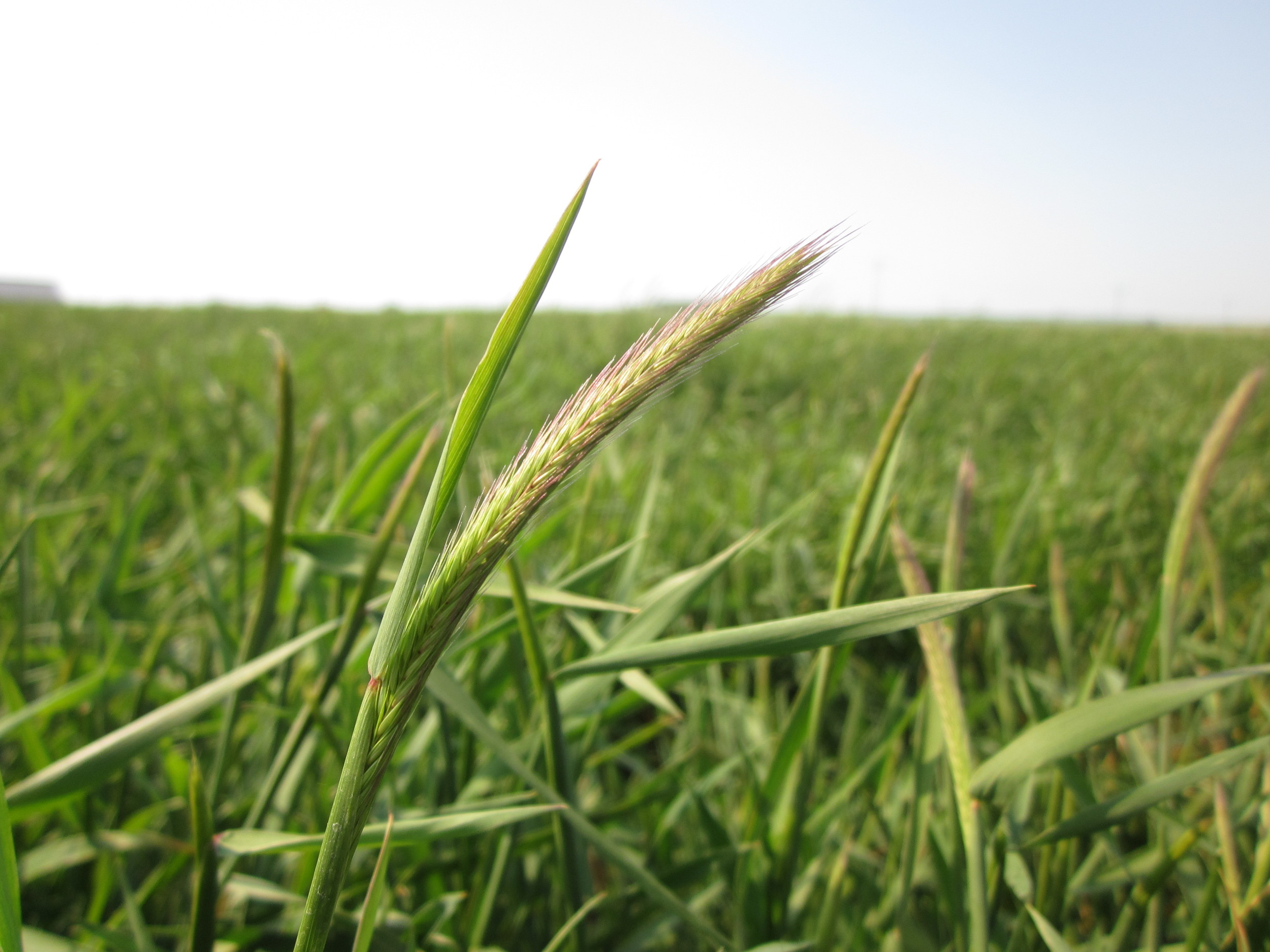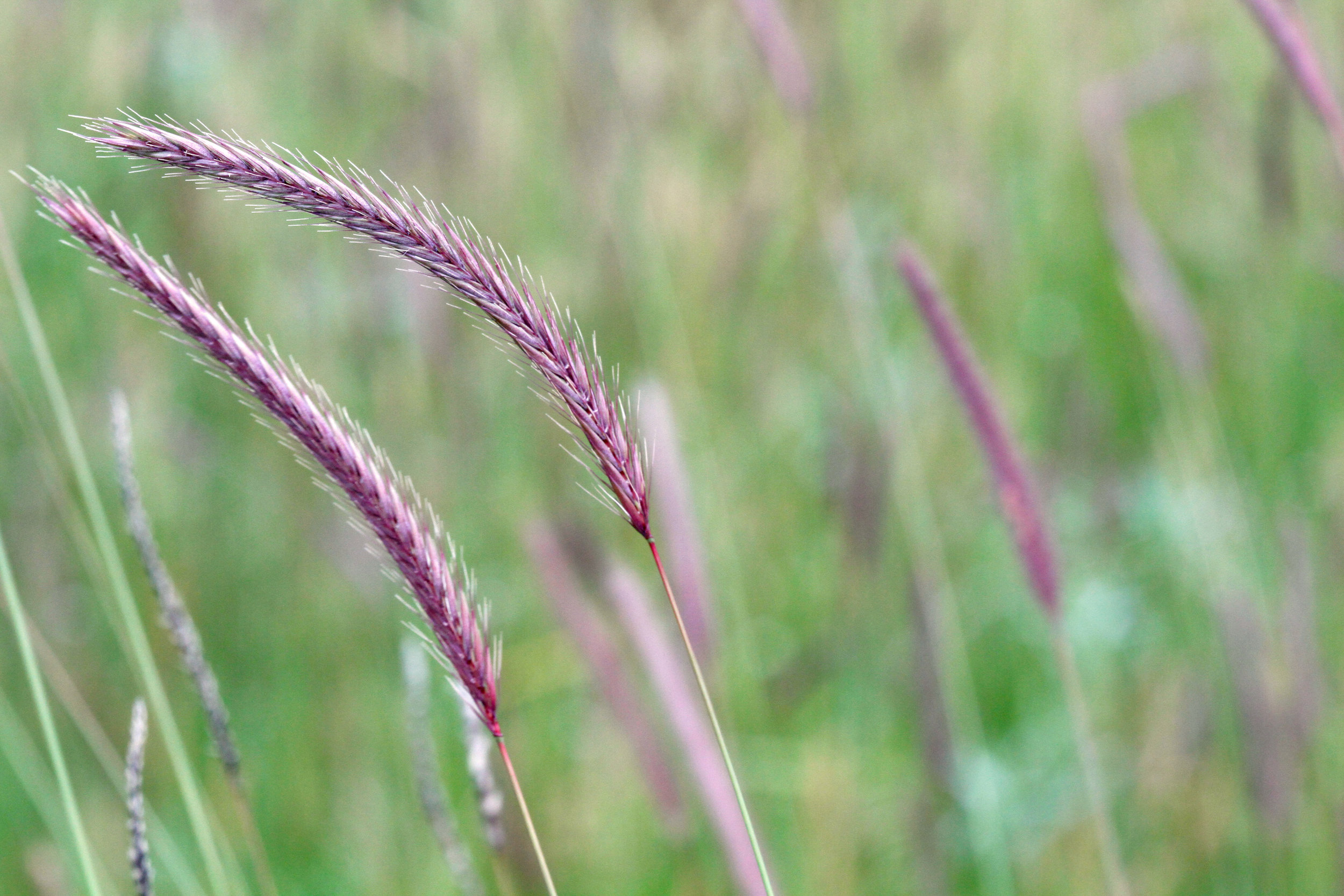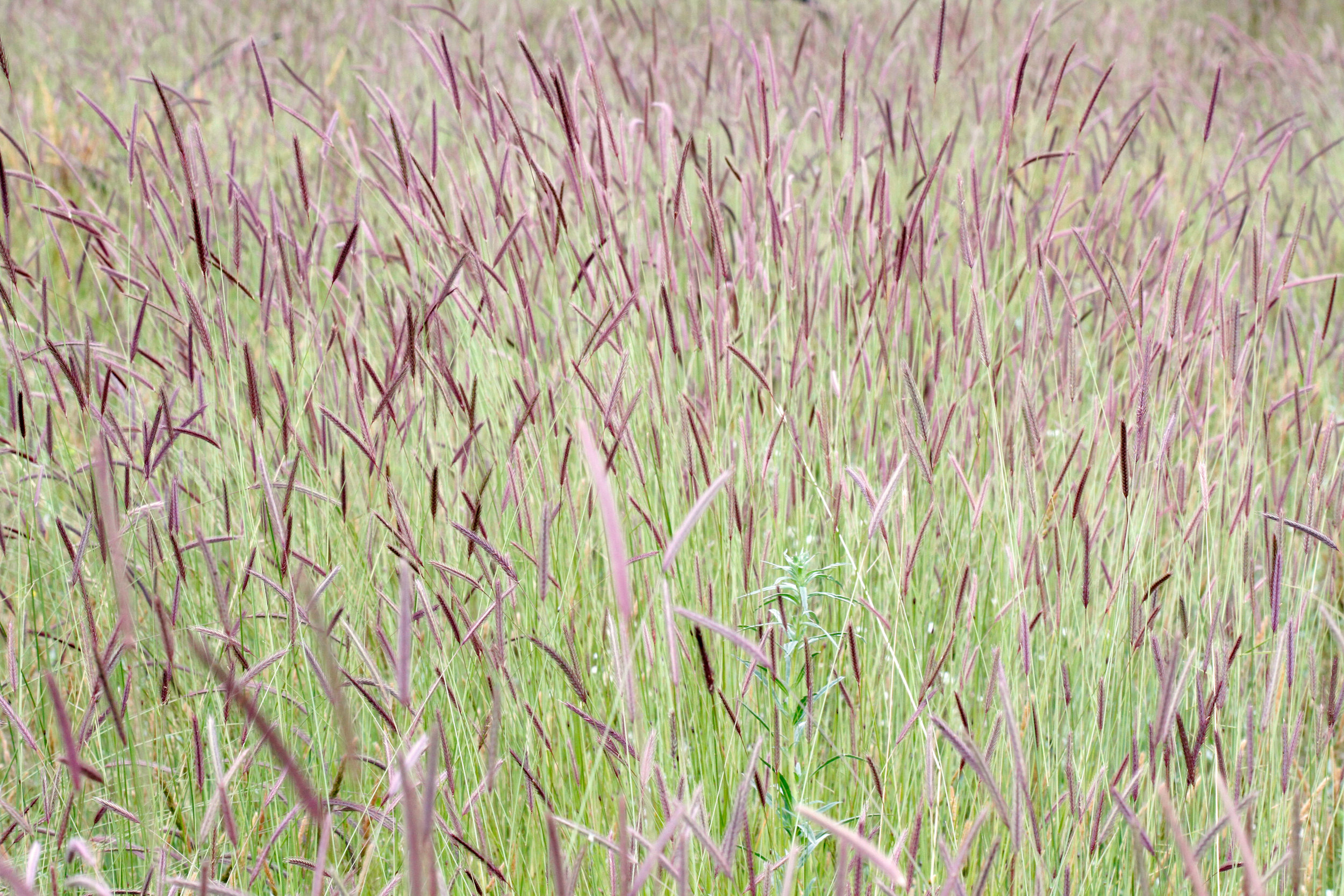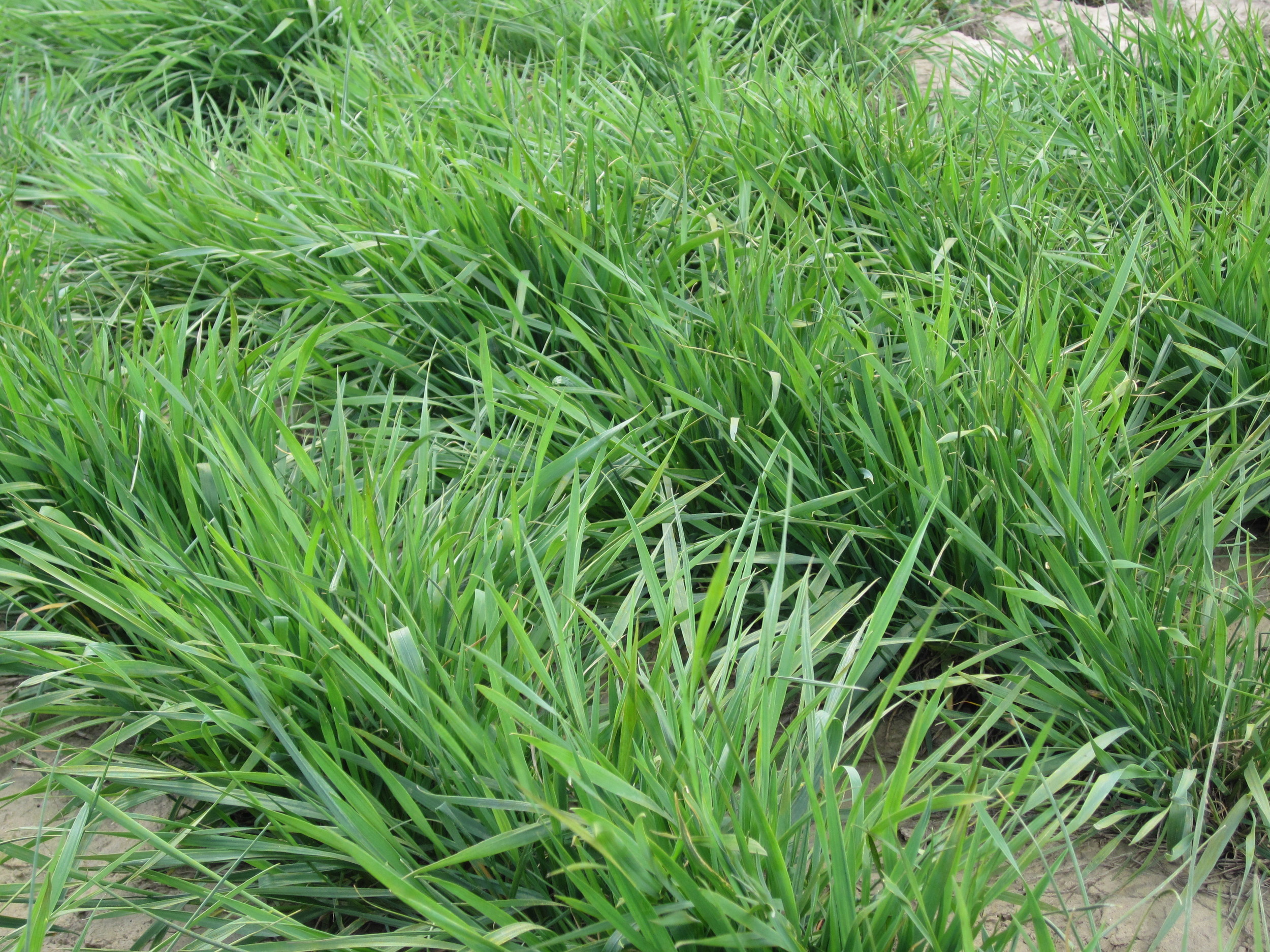Hordeum brachyantherum (Meadow barley)
Cool season, tufted, perennial bunchgrass is moderately alkaline and saline tolerant, and broadly adapted to various soils types. Best adapted to moist sites and tolerant of periods of shallow standing water, but is also summer-drought tolerant. Typically medium-lived but short-lived on drier sites. Excellent seedling vigor and quick growth. Important species to riparian areas, wetlands, meadows, forest openings, salt marshes and ocean beaches from sea level up to 11,000 ft. elevation. Rarely dominates, eventually yielding to longer-lived, more persistent species. Useful as a quick cover and nurse crop in habitat restoration mixes. Palatable to herbivores in the spring and can be used in dryland pasture at high elevations. Varieties listed below.
DISTRIBUTION / ADAPTATION
INFORMATION & ATTRIBUTES
Family: Poaceae
Duration: Perennial
Growth Habit: Graminoid
Native Status: Native
Season: Cool
Growth Form: Bunchgrass
Mature Height: 24-39 in.
Annual Precipitation: 20-80 in.
Drought Tolerance: Medium
Shade Tolerance: Intolerant
Elevation: up to 11,000 ft.
Wetland Indicator Status: FACW
Fire Resistance: No
Fire Tolerance: High
SOIL ADAPTATION
Coarse Texture: Yes
Medium Texture: Yes
Fine Texture: Yes
Salinity Tolerance: Medium
CaCO3 Tolerance: Medium
pH Range: 6.0-8.5
SEEDING NOTES
Seeds per Pound: 30,000-100,000
Seeding Rate: 8-40 PLS lbs/acre
Season: Spring/Fall
Days to Germination:
VARIETIES & LOCAL ACCESSIONS
Jackson-Frazier - Source Identified selection from the Jackson-Frazier Wetland nature preserve in Benton County, OR which receives an average of 43 in. annual precipitation. Taller (24-54 in.) than typical descriptions of the species (15-40 in.). Good seedling vigor and genetic diversity. May exhibit disease resistance to head smut and ergot. (Released 2008)





